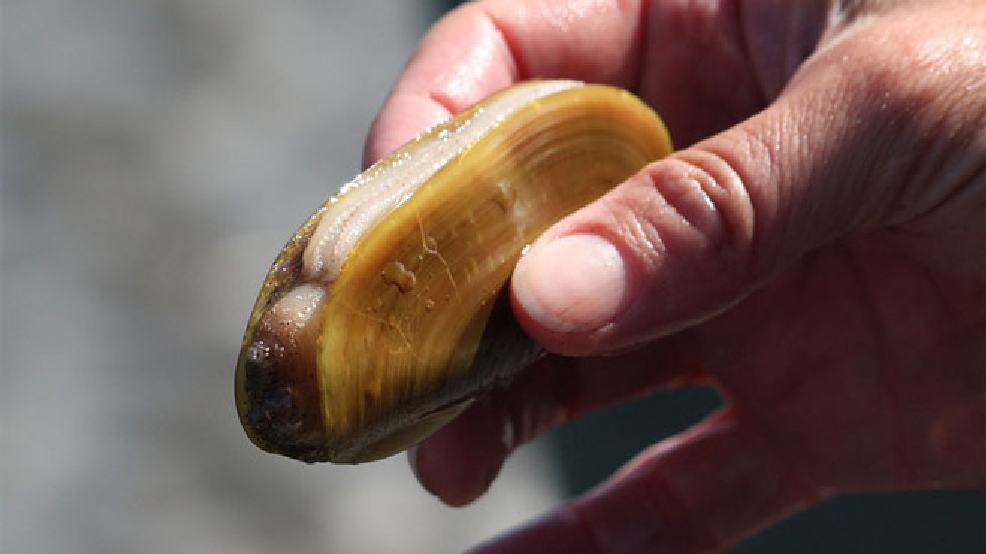Clatsop beaches reopen Oct. 1 for razor clam harvesting after the annual conservation closure that began July 15.
Before heading out to harvest razor clams or any shellfish, always call the Shellfish Safety Hotline at 1-800-448-2474 or visit the ODA Recreational Shellfish Biotoxin Webpage .
During the conservation closure, biologists assess the razor clam population on these beaches where most of Oregon’s razor clam harvest happens.
Shellfish biologist Matt Hunter found a below average number of total clams of .62 clams per square meter. The 20-year average is 1.32 clams with the highest 3.73 in 2021.
Juvenile recruitment (new razor clams that establish themselves on the beaches) which is the driving factor of the population, was down significantly with .24 clams per square meter. The 20-year average is .75 clams with the highest in 2021 at 2.59 juvenile clams per square meter.
Most of this year’s clams are second- and third-year clams between four- and five-inches inches so clam digging should be average to below average this fall. Clam abundance is highest in the middle and southern portions of Clatsop beach.
Hunter believes the lack of juvenile recruitment is due to spring and early summer winds pushing razor clam larvae north to Washington which is thought to have also occurred in 2022.
Most years, Oregon sees razor clam spawning events in fall, in addition to the typical spring/summer spawning. Fall spawning can be an important component and in some years is the only juvenile recruitment. Hunter is hopeful that a fall spawning event will replenish the lack of recruitment from the spring/summer spawning.


